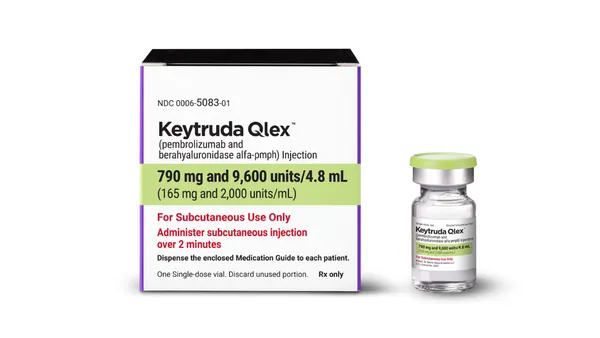PLEXUS Learning Designs Maximize Training Investment — Regenerative Learning Elements: Share, Stratify, and Adapt Ruth A Vukelich, President and CEO Ours is a very dynamic industry, driven by accelerated timelines and budget constraints. In addition, training requirements demand top-quality, clinically accurate, source-documented content. All the more reason to repurpose content that has been accepted by the approval committee, including medical, legal, and regulatory. The concept of repurposing instructional information is not new. Top teaching institutions have been doing this for years — sharing best instructional resources and adapting effective learning content to meet the needs of each unique audience rather than reinventing the wheel each time. In the evolution of biopharmaceutical sales training, the education pendulum has swung from primarily print-based learning, to largely e-learning, to finally settling in the middle with a balanced, blended learning approach. During this process, the concept of reusable learning objects (RLOs) emerged as an exciting new option for cost-effective training solutions. Although there are many interpretations, an RLO is generally referred to as a small, reusable chunk of e-learning. Now the next generation of RLOs is emerging — generative learning objects (GLOs), which are characterized as being more powerful, flexible, and adaptable. That is, rather than simply reusing the content, GLOs allow the content to be adapted and repurposed with greater ease. These are very effective strategies from an e-learning perspective. But with full comprehension of the need-to-know educational information for each audience, effective repurposing of high-quality instruction should not be limited to digital learning. Moreover, with company mergers and salesforce consolidations, more companies are promoting portfolios of products, which is leading to more sales organizations selling multiple products. Therefore, it is critical to streamline the volume of information that is assigned to the sales professionals. To meet this challenge, sales training partners should design learning systems with a broader context in mind. This alternate approach might be referred to as regenerative learning elements (RLEs). These may incorporate sharing fundamental information, stratifying learning content where appropriate, or identifying adaptable learning content (regardless of the media) that can be repurposed for more than one audience. Share the Fundamentals In many cases, foundational information can be designed to be shared across product salesforces and/or therapeutic franchises. The basics of the body system and, more specifically, the disease state and/or current treatment options, can be developed to meet the needs of more than one brand, product, and/or franchise. This is especially successful for complex topics with a plethora of information, such as oncology and HIV/AIDS. The ability to minimize redundancy and maximize investment can be achieved when fundamental information can be a shared body of knowledge. Stratify by Learning Tracks Some very versatile products have the potential for numerous indications. Rather than revamping the original learning system for each new indication, consider the alternate approach of stratifying the content by learning tracks. This strategy establishes the base learning content appropriate for key areas, such as core product knowledge and brand overview. Learners then branch out by learning tracks according to the therapeutic area/disease state(s) for their franchises. Again, through coordination across franchises, there are often opportunities to share a base of core knowledge. Adapt for Multiple Audiences For products with several indications, it also may be beneficial to begin the training initiative earlier in the product’s life cycle. For example, the learning system can be designed initially to meet the needs of the medical science liaisons. These educational materials are developed for a clinically sophisticated audience and without marketing messages. Then when it’s time to develop training to prepare sales representatives and district sales managers for product launch, this core content can be used as the starting point. These curriculum design strategies should be considered as a blueprint for best training practices. They foster continuity in language across an organization and provide consistency in messages to the company’s customers. Moreover, these strategies effectively maximize investment return through both timeline and cost efficiencies, which, as we all know, is paramount in our industry. With more company mergers and salesforce consolidations, companies are promoting portfolios of products, which is leading to more sales organizations selling multiple products. Therefore, it is critical to streamline the volume of information that is assigned to the sales professionals. Plexus Learning Designs inc., Boston, is a developer of custom clinical education and sales training for the life-sciences industry; blended learning solutions provide best-in-class training with innovative curriculum designs to propel learning for biopharmaceutical sales, marketing, and clinical science professionals. For more information, visit plexuslearning.com. May 2006 VIEW on Sales Training Content and Design
An article from


Maximize Training Investment -- Regenerative Learning Elements: Share, Stratify, and Adapt
Filed Under:
Commercialization










